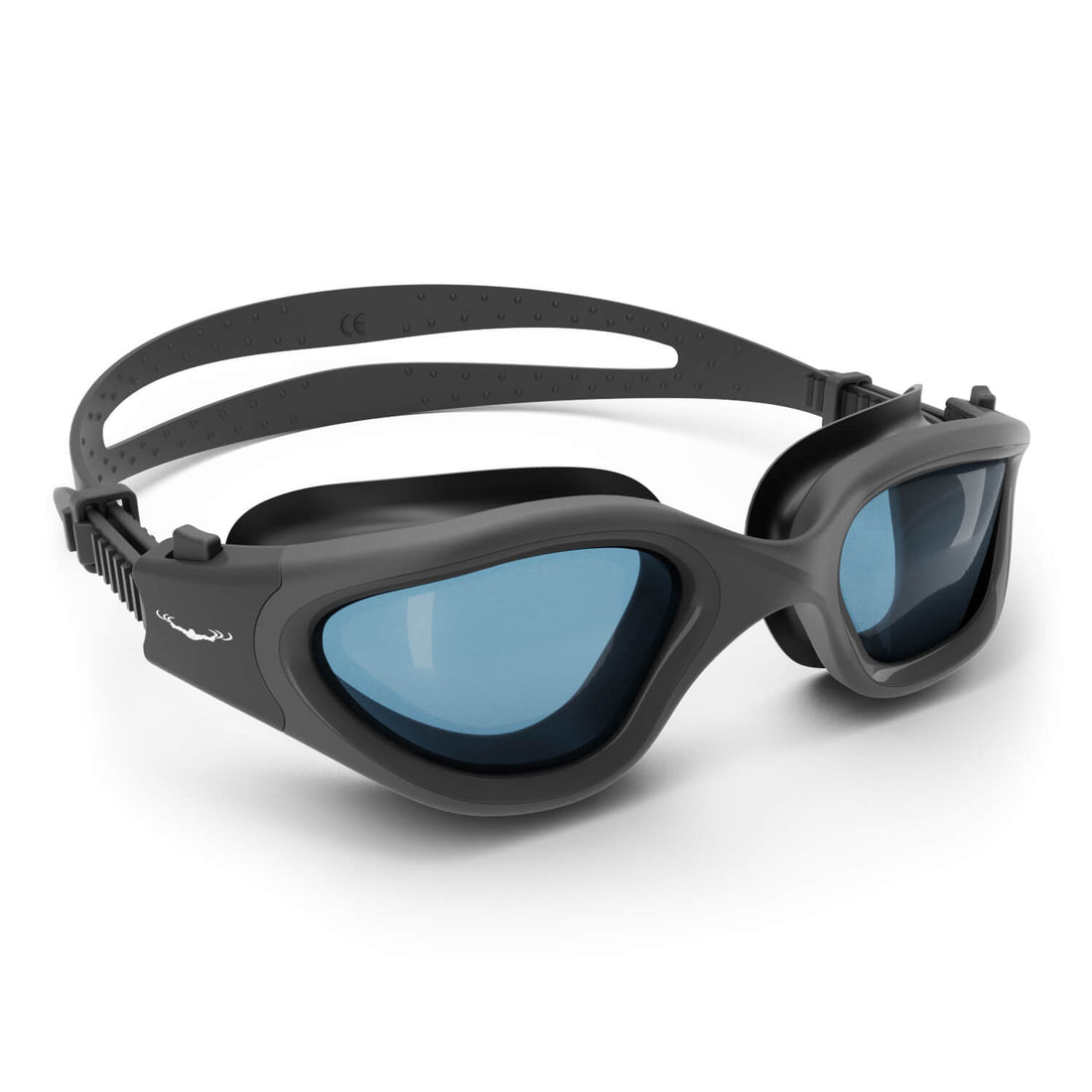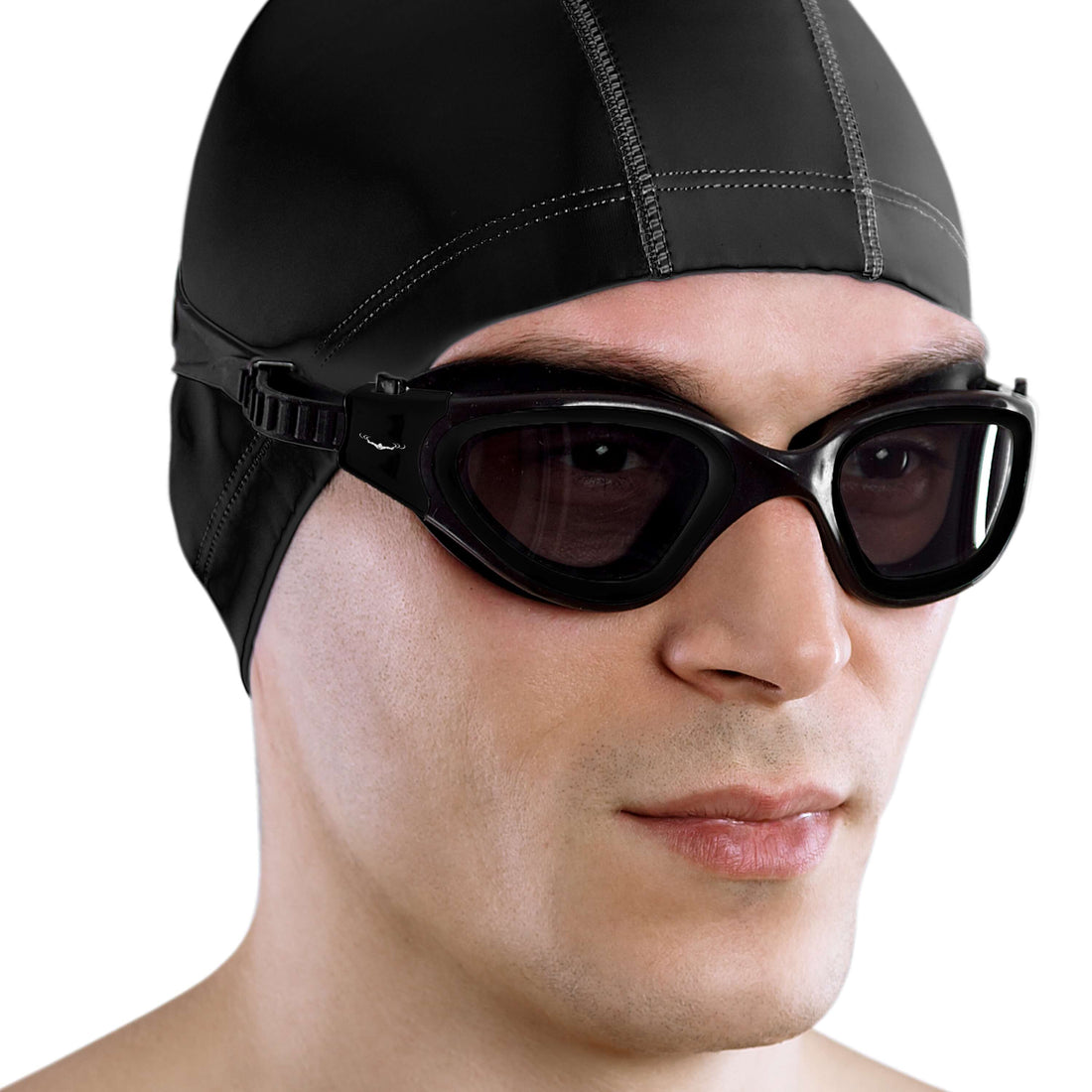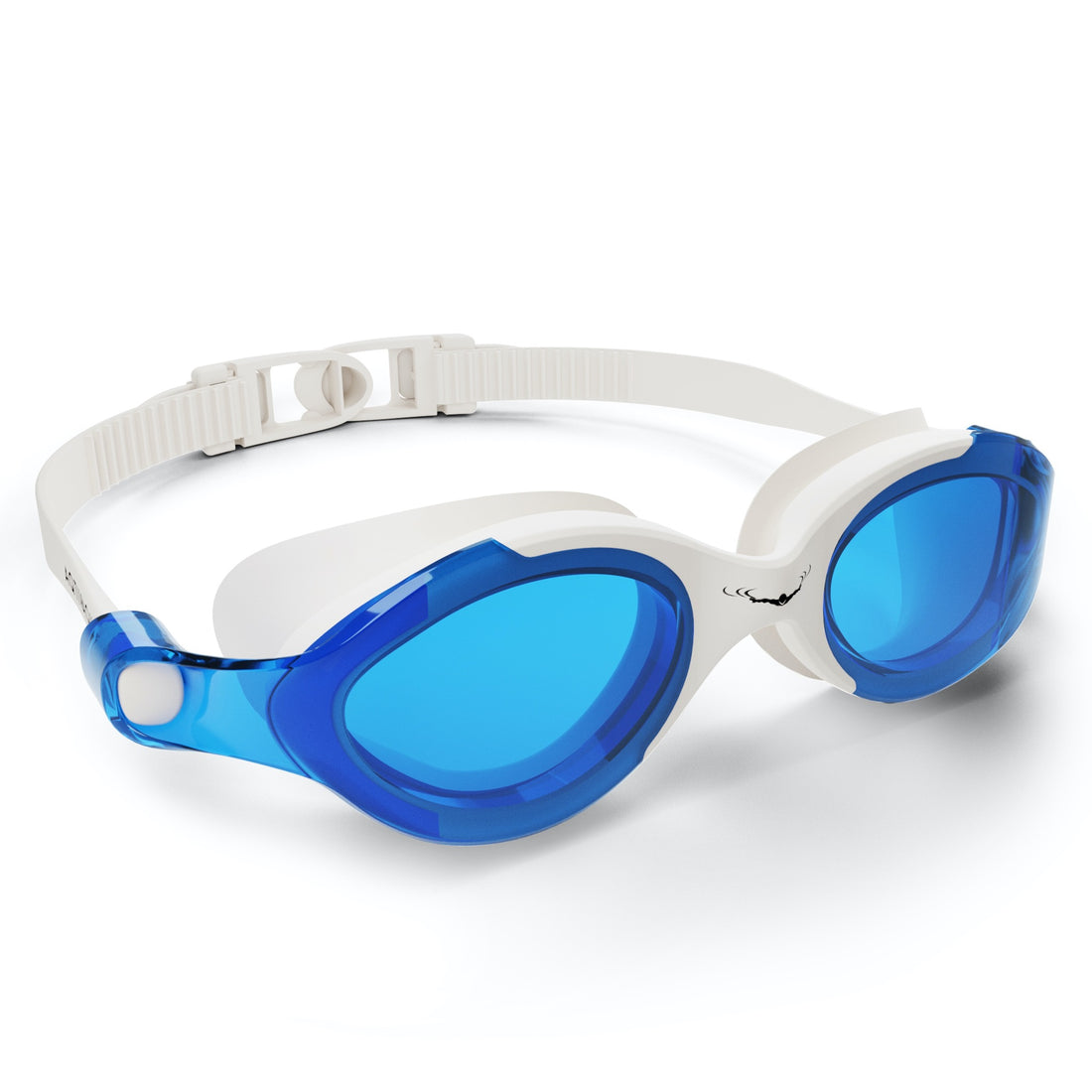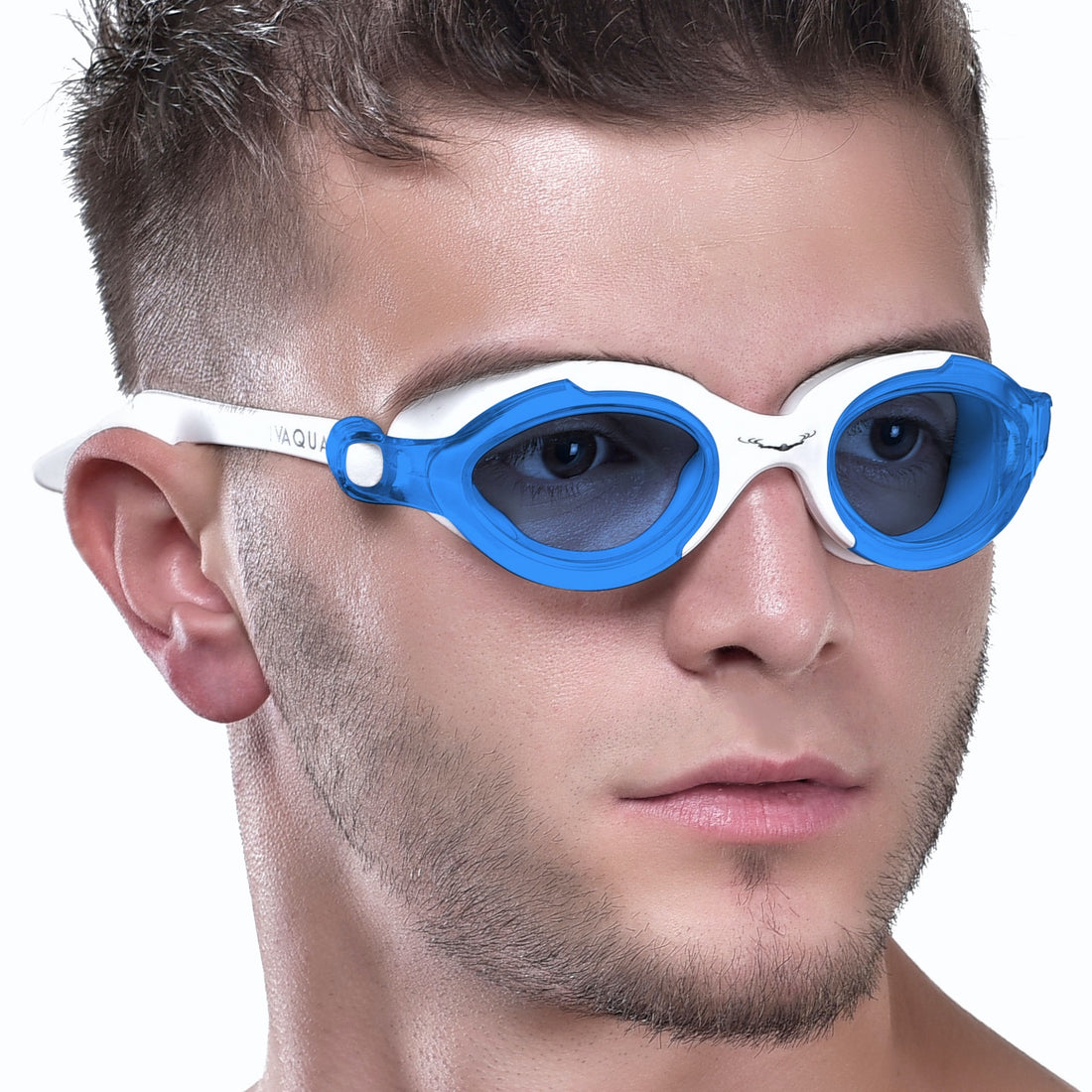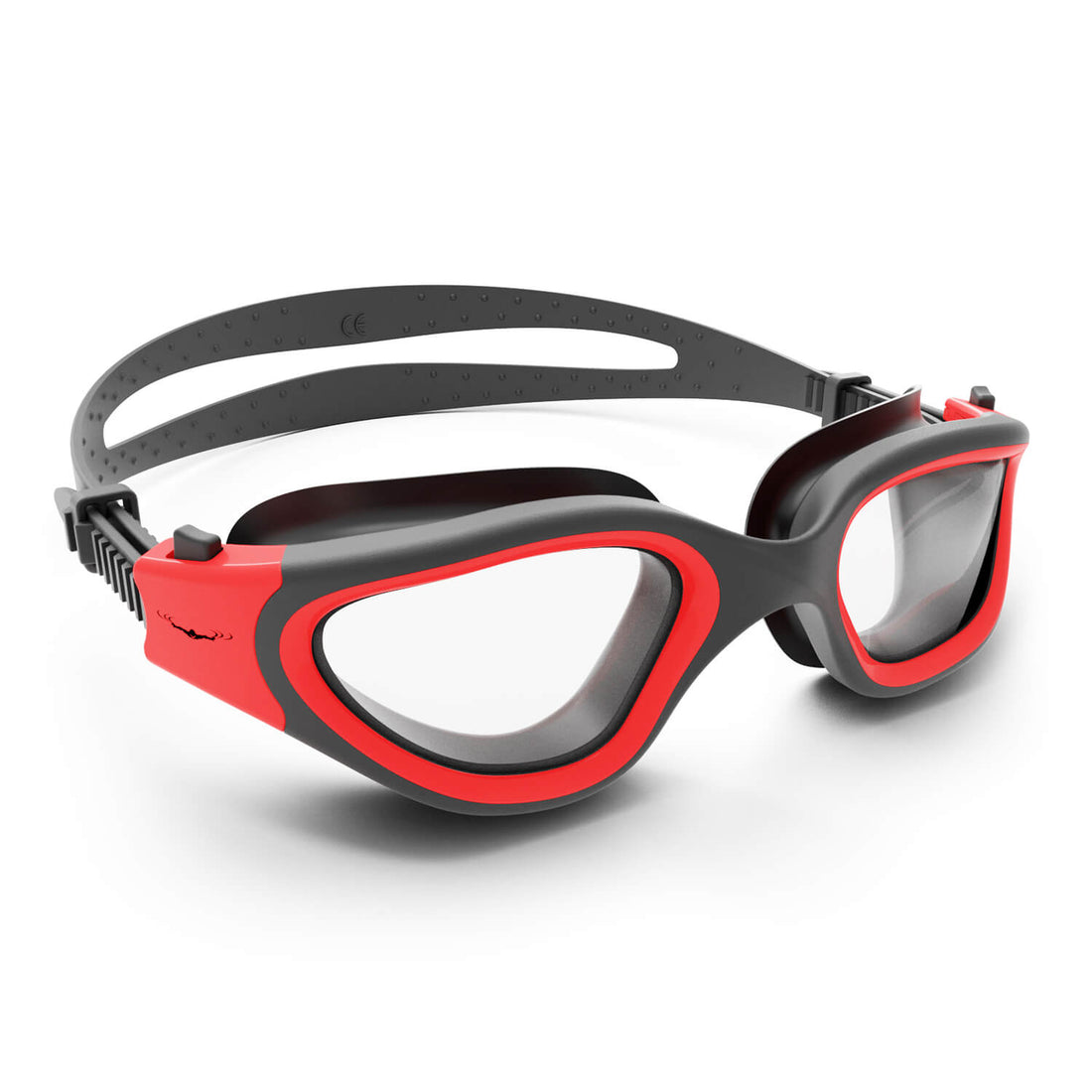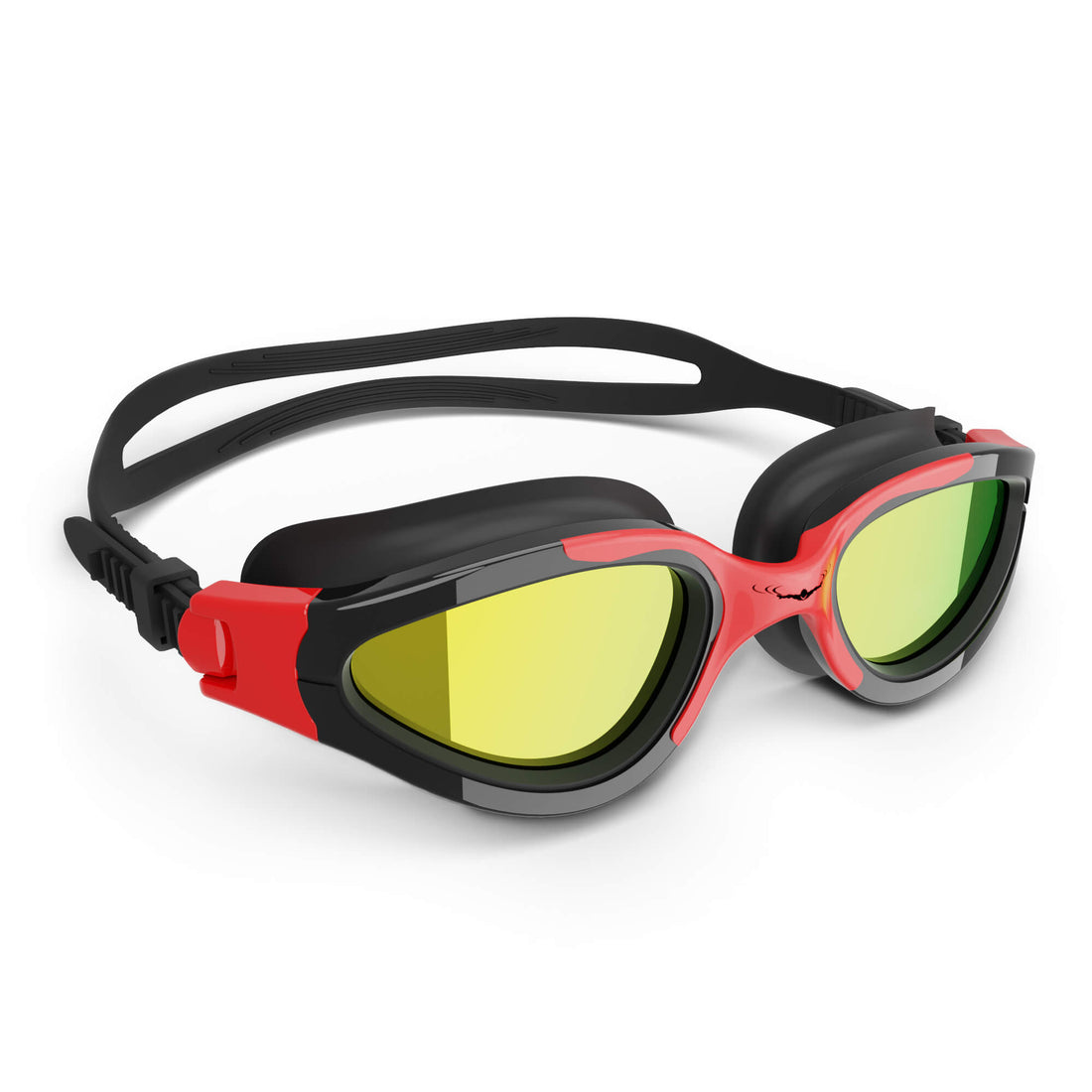Frequently Asked Questions
1. What are the health benefits of swimming?
2. What are the main risks associated with swimming?
3. What essential safety gear should beginners have?
4. What are some pool safety rules every swimmer should follow?
5. How can swimmers protect themselves from dehydration and sun exposure?
Swimming is not just a fun activity; it’s also a life skill that opens up a world of opportunities. However, safety in the water should always come first, especially for beginners. This guide will walk you through the importance of swimming safety and provide invaluable tips to help you enjoy your aquatic adventures with confidence.
The Importance of Swimming Safety
Swimming offers numerous health benefits, including improved cardiovascular health, increased strength, and enhanced flexibility. However, despite these advantages, swimming can also pose risks if safety protocols are not followed. According to the Centers for Disease Control and Prevention (CDC), drowning is a leading cause of injury and death for children and adults alike.
Understanding Risks
Before we dive into safety tips, let’s look at the main risks associated with swimming:
- Drowning: This is the most severe risk and can happen in an instant, often without a struggle.
- Injuries: Slips and falls on pool decks or sharp objects in the water can cause harm.
- Dehydration: Spending long hours in the water can lead to dehydration, especially under the sun.
- Hypothermia: Cold water can rapidly decrease body temperature, posing a serious risk.
Understanding these risks is crucial for beginners who are just getting acquainted with the water. By adhering to safety protocols, you can significantly reduce the likelihood of accidents and enjoy your time swimming.
Essential Safety Gear for Beginners
Before jumping into the pool, lake, or ocean, make sure you’re equipped with the right safety gear:
- Swim Goggles: Protect your eyes from chlorine or salt water while improving visibility. Swim goggles allow you to see clearly and avoid potential hazards in the water.
- Silicone Swim Cap: A good silicone swim cap helps keep your hair in place and protects it from chlorine damage. It also helps keep you warm in cooler waters.
- Life Jackets: If you are not a confident swimmer, wearing a life jacket can provide essential buoyancy and safety.
Equipping yourself with the right gear is vital to preventing accidents and enhancing your swimming experience.
Swimming Techniques and Safety Tips
Basic Swimming Techniques
Learning to swim is the first step towards safety in the water. Here are some essential techniques every beginner should practice:
- Float: Learning how to float on your back allows you to conserve energy and signal for help if needed.
- Breath Control: Practice inhaling before submerging and exhaling while under the water. This will ease panic and help you stay calm.
- Kickboard Technique: Using a kickboard can help beginners develop leg strength while maintaining buoyancy.
- Safety Signals: Familiarize yourself with hand signals, especially if you are swimming in open water where visibility may be limited.
Pool Safety Rules
Every swimming venue has its own set of safety rules, but there are general guidelines that apply universally:
- Never Swim Alone: Always swim with a buddy, especially if you are a beginner.
- Supervision: Children should always be supervised by an adult when in or around water.
- No Diving in Shallow Water: Always check the depth before diving, and avoid diving altogether if you are unsure.
- Learn CPR: Knowing how to perform CPR can save a life in an emergency situation.
Open Water Swimming Considerations
If you venture beyond the pool into lakes, rivers, or oceans, here are some additional safety tips to consider:
- Know the Water Conditions: Check for currents, tides, and temperature before swimming.
- Wear a Life Jacket: Especially important for beginners in open water to enhance buoyancy and safety.
- Stay Close to Safety: Swim close to lifeguard stations or designated swimming areas where rescue equipment is available.
- Awareness of Wildlife: Be alert to potential hazards posed by aquatic wildlife.
Open water swimming is akin to a different landscape. Having appropriate knowledge and precautions will ensure a safer experience.
Hydration and Sun Protection
When diving into swimming activities, it’s crucial to prioritize your hydration and protect your skin from the sun:
Stay Hydrated
Even when you’re in the water, your body can lose fluids through sweat. Here are some hydration tips:
- Drink Water: Always hydrate before, during, and after swimming. Aim for at least 8 ounces of water every hour.
- Avoid Sugary Drinks: Instead of soda or energy drinks, opt for electrolyte-rich beverages that can replenish lost nutrients.
Sun Protection
Many swim sessions occur outdoors, making it essential to shield your skin from UV rays:
- Sunscreen: Use waterproof sunscreen with at least SPF 30 to minimize skin damage.
- Wear Protective Clothing: Consider wearing rash guards or swim caps that protect your skin from prolonged sun exposure.
- Seek Shade: Take breaks in shaded areas to reduce the amount of direct sunlight you receive.
Proper hydration and sun protection maximize your swimming experience while minimizing health risks.
What to Do in an Emergency
No one wants to think about emergencies, but preparedness is key. Here’s what you should do if something goes wrong:
Recognizing Signs of Distress
Knowing how to spot someone in distress can make all the difference:
- Flailing Arms: A swimmer who cannot keep their head above water may be in trouble.
- Quiet Panic: Often, those in distress may not yell for help due to panic; look for unusual movements indicating struggle.
How to Respond
In the event of an emergency, follow these steps:
- Alert Lifeguards: If you are at a facility, immediately inform the lifeguard of the distress.
- Reach, Throw, Don’t Go: Avoid jumping in to help someone; instead, extend objects like a pool noodle or rescue stick to them.
- Call for Help: Always call emergency services if a serious situation arises.
Being aware of emergency procedures prepares you to act swiftly and effectively, potentially saving lives.
Continued Education and Training
As you grow comfortable in the water, consider furthering your knowledge:
Enroll in Classes
Swimming lessons aren't just for beginners. Continuing education can refine your skills and deepen your understanding of water safety. Here’s what to look for:
- Life-Saving Courses: Classes that focus on CPR and first aid can empower you to assist others in emergencies.
- Advanced Swimming Techniques: Lessons catered to specific strokes or endurance techniques can enhance your swimming experience.
Stay Informed
Keeping up with new safety practices ensures that you remain knowledgeable and prepared. Look for:
- Articles and Blogs: Follow blogs and publications focused on swimming safety and technique.
- Community Events: Join local swimming clubs or participate in safety advocacy events to stay engaged.
Through continued education, you can transform your swimming experience from just recreational fun to a safe and enjoyable activity.
Make Waves While Staying Safe!
Embracing swimming as a joyful and healthy activity is one of the best decisions you can make. By understanding the importance of swimming safety and adhering to the tips outlined above, you can ensure a safe and enriching experience in the water. Remember that learning to swim is just the beginning; staying informed and prepared turns each swim into an opportunity for fun without fear.
Whether you’re donning a silicone swim cap, adjusting your swim goggles, or practicing the basics, make swimming safety your top priority. Dive in and enjoy the water with knowledge and confidence!



